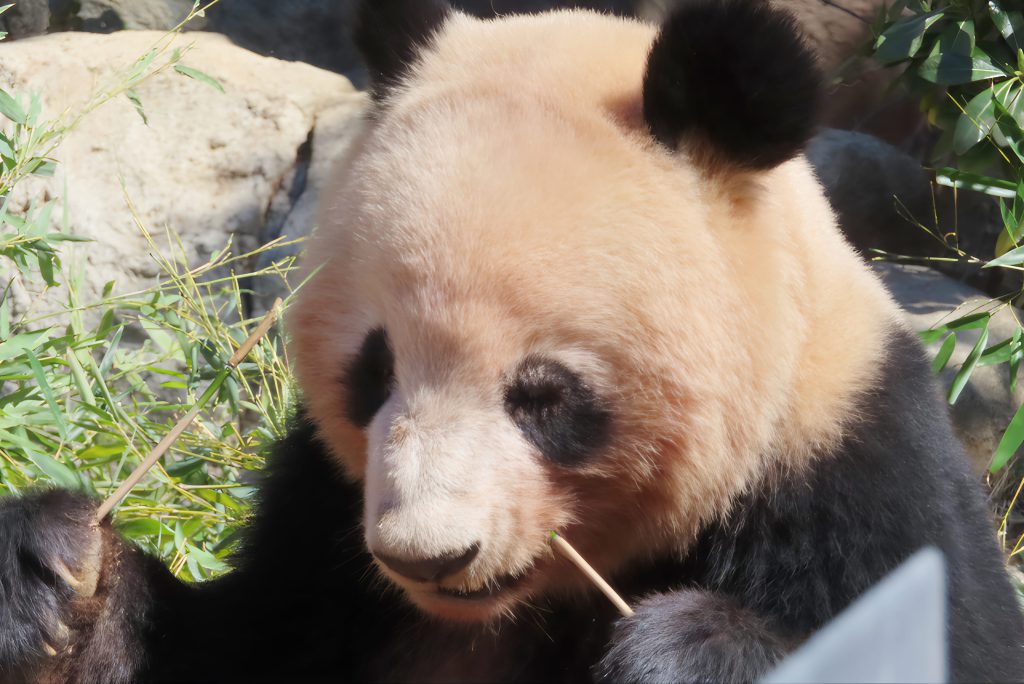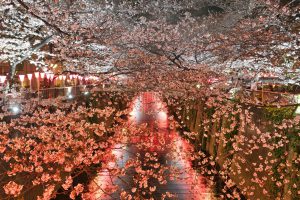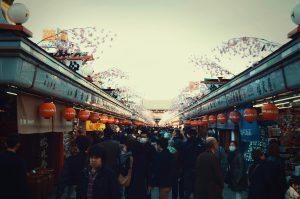When most people think of Tokyo, they picture dazzling skyscrapers, neon-lit streets, and a fast-paced urban lifestyle.
But tucked inside the bustling metropolis is a place of natural beauty, rich history, and charming wildlife: the Ueno Zoological Gardens.
Often referred to simply as Ueno Zoo, this beloved park is Japan’s oldest zoo and remains a treasured destination for both locals and international visitors.
Whether you’re traveling with family, exploring Tokyo solo, or simply an animal lover, Ueno Zoo offers a perfect blend of culture, education, and adorable encounters.
In this guide, we’ll take you through everything you need to know about Tokyo’s iconic zoo — from its history to its must-see animals, visitor tips, and nearby attractions.
A Brief History of Ueno Zoological Gardens

Ueno Zoo first opened its gates in 1882, making it not only Japan’s oldest zoo but also one of the earliest modern zoological parks in Asia.
Its establishment was part of the Meiji Restoration — a time when Japan was rapidly modernizing and adopting aspects of Western culture.
Located within Ueno Park, the zoo started with a modest collection of animals, many gifted by foreign dignitaries. Over time, it expanded into a world-class facility, now housing over 3,000 animals across 300 species.
Throughout its history, Ueno Zoo has been a pioneer in Japanese zoology, conservation, and education — introducing generations to the wonders of the natural world.
Why Visit Ueno Zoological Gardens?
1. A Rich Historical Experience
Few zoos in the world can claim such a long and fascinating history.
Visiting Ueno Zoo is like stepping into a living museum — you’re not just seeing animals, you’re experiencing over 140 years of Japan’s relationship with wildlife and conservation.
2. Convenient Tokyo Location
Ueno Zoo is located right in the heart of Ueno Park, easily accessible from Ueno Station, one of Tokyo’s major train hubs.
Whether you’re staying in Asakusa, Akihabara, or even Shibuya, you can reach Ueno Zoo in less than 30 minutes.
3. Affordable Family Fun
Admission is remarkably affordable:
- Adults: 600 yen (about $4 USD)
- Children (0-12 years): Free
- Seniors: Discounted rates available
Compared to attractions in major cities like New York or London, Ueno Zoo offers exceptional value.
4. Diverse Animal Collection
From majestic lions to delicate red pandas, Ueno Zoo showcases a stunning variety of animals from around the globe.
It’s a place where you can see both rare exotic creatures and beloved local species.
Must-See Animals at Ueno Zoo
Planning your visit? Here’s a list of animal highlights you won’t want to miss:
1. Giant Pandas

The biggest stars of Ueno Zoo are undoubtedly the giant pandas.
The zoo first welcomed pandas from China in 1972 to celebrate the normalization of Japan-China relations.
Today, Ueno is home to beloved pandas like Xiang Xiang and her family, drawing millions of visitors every year.
Tip: Panda viewing areas can get crowded — try visiting early in the morning or late in the afternoon for a shorter wait.
2. Sumatran Tigers and Western Lowland Gorillas
The Sumatran tiger and western lowland gorilla are part of Ueno Zoo’s strong conservation efforts to protect endangered species.
Their spacious enclosures offer naturalistic environments, making it a rewarding experience to observe these magnificent creatures up close.
3. Red Pandas
Don’t miss the adorable red pandas!
Smaller and more agile than their giant cousins, red pandas are often seen climbing trees and munching on bamboo.
4. Japanese Native Species
Ueno Zoo is also a great place to encounter animals native to Japan, such as:
- Japanese macaques (snow monkeys)
- Japanese serow (a goat-antelope unique to Japan)
- Blakiston’s fish owl (one of the world’s largest owl species)
5. Aviaries and Reptile Houses
Explore the impressive aviary filled with colorful birds, or the reptile house featuring snakes, turtles, and rare amphibians.
Layout and Areas of Ueno Zoo
The zoo is divided into two main sections:
East Garden (Higashi-en)
This area houses the most famous attractions, including:
- The Panda House
- Tiger and Gorilla Forests
- Bird Aviaries
- The Reptile and Amphibian House
- Historical structures like the Five-Storied Pagoda from the Kan’ei-ji temple
West Garden (Nishi-en)
Connected via a monorail (Japan’s first-ever zoo monorail), the West Garden features:
- A children’s petting zoo
- Smaller mammals like red pandas
- Aquatic animals like pelicans and sea lions
How to Get to Ueno Zo
Location:
- 9-83, Ueno Park, Taito-ku, Tokyo
Access:
- 5-minute walk from JR Ueno Station (Park Exit)
- 10-minute walk from Keisei Ueno Station
- Direct access via Tokyo Metro (Ginza Line, Hibiya Line)
Ueno Park itself is a cultural hub filled with museums, temples, and beautiful seasonal landscapes, making it an ideal day-trip destination.
Best Time to Visit Ueno Zoo
- Spring (March–May): Enjoy cherry blossoms in Ueno Park.
- Autumn (September–November): Mild temperatures and beautiful fall colors.
- Weekdays: Avoid weekends and public holidays if you want fewer crowds.
Note: Giant panda areas may require timed-entry tickets during busy seasons.
Tips for Visiting Ueno Zoo
- Start Early: Gates open at 9:30 AM. Arriving early helps avoid crowds.
- Use the Map: Grab an English map at the entrance — it’s essential for navigating the zoo’s large grounds.
- Pack Light: There are lockers available for luggage.
- Stay Hydrated: Vending machines and cafes are scattered throughout.
- Respect the Animals: Flash photography and loud noises are prohibited.
Other Attractions Near Ueno Zoo
While you’re in Ueno Park, be sure to check out:
1. Tokyo National Museum
Japan’s oldest and largest museum, filled with ancient samurai armor, Buddhist art, and historical treasures.
2. National Museum of Nature and Science
Perfect for kids and curious adults alike, this museum offers hands-on exhibits about the natural world.
3. Shinobazu Pond
A picturesque pond famous for lotus flowers in summer and a relaxing boating experience.
4. Ameya-Yokocho (Ameyoko)
A bustling open-air market street filled with street food, clothing shops, and souvenirs — just a short walk from Ueno Park.
Ueno Zoo’s Role in Conservation and Education
Beyond entertainment, Ueno Zoo plays a crucial role in:
- Wildlife Conservation:
Breeding endangered species like giant pandas and Japanese cranes. - Educational Programs:
Offering classes, guided tours, and interactive exhibits to foster a love for nature among young visitors. - Research:
Collaborating with institutions worldwide on animal behavior, habitat preservation, and species recovery.
Visiting Ueno Zoo supports these valuable efforts — making your trip meaningful beyond the simple joy of seeing animals.
Fun Facts About Ueno Zoo
- It was the first zoo in Japan.
- Ueno Zoo’s monorail was the first monorail in Japan, opening in 1957.
- The Five-Storied Pagoda inside the zoo dates back to the 17th century.
- Ueno Zoo’s panda program is considered a symbol of friendship between China and Japan.
Final Thoughts: Why Ueno Zoological Gardens is a Tokyo Must-See
Ueno Zoological Gardens isn’t just a zoo — it’s a historic treasure, a family-friendly oasis, and a symbol of Japan’s dedication to wildlife conservation.
Whether you’re watching Xiang Xiang munch on bamboo, admiring majestic tigers, or simply strolling beneath cherry blossoms, Ueno Zoo offers unforgettable memories.
If you’re visiting Tokyo, make sure Ueno Zoo is on your itinerary.
It’s a perfect blend of culture, nature, and pure joy — right in the heart of the world’s most exciting city.






















